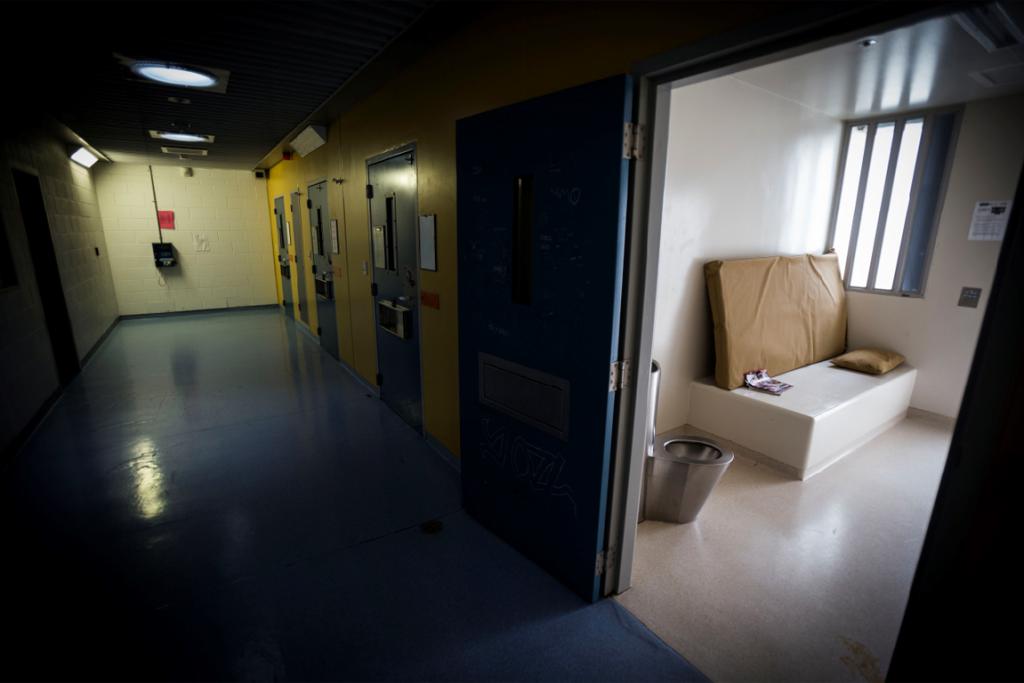This is the second post in a series on conditions inside New Zealand’s prisons, written by members with lived experience. The first post about bedding is here, and the third post about conditions of visiting rooms is here.
Ara Poutama Aotearoa | Department of Corrections is responsible for the safe, dignified and humane treatment of people in prison, in accordance with their fundamental human rights as well as with legislation. However, concerns have emerged regarding the methods used during night-time prisoner checks, raising questions about the impact of Corrections’ practices on the dignity and safety of incarcerated people.
Typically, prisoner checks occur every two hours in prisons across the country, both as a security measure and to prevent incidents such as suicides. During daytime hours, one or two random head counts are added to the schedule to maintain vigilance. However, the issue arises during overnight prisoner checks, where Corrections officers are still required to visually check on all prisoners, in some cases every two hours or even more frequently.
Standard practice during night checks is for officers to shine a torch into cells. Some cells are equipped with two lights, one of which officers can switch on from outside the cells. This normally has a blue fluorescent tube in it that lights up the entire cell.
The second light in cells is more common in newer high security and ISU units, and is not available in most older units, or low or medium security units. High-security units are also equipped with window flaps that facilitate the use of torches. Meanwhile low to medium-security units often feature larger windows covered by curtains inside the cells, and no second light. This setup necessitates prisoners leaving a significant opening in the window to allow officers to shine a torch inside.
The practice of shining a torch into cells means that prisoners’ rest and privacy are disrupted as frequently as every two hours. For those in Intervention and Support Units (ISU), checks can be as frequent as every 15 minutes, 24 hours a day. Often people in ISU are already under significant mental and physical duress.
These night-time checks therefore present two significant concerns. Firstly, the act of shining a torch into a prisoner’s face every two hours or more is not only inhumane, but repeated sleep disruption is also a form of torture. Secondly, the bright outside lighting filtering through the window gaps, which are necessary to facilitate the checks, disrupt prisoners’ general sleep patterns and contribute to heightened stress levels, impacting their long-term well-being.
Moreover, the frequent disturbances during the night not only compromise the humane treatment of prisoners but also pose risks to the safety of prisons. The process of unlocking cell doors in the mornings, often one of the most volatile times, becomes even more precarious when prisoners are subjected to regular disruptions to their sleep cycles.
Ara Poutama Aotearoa in their Custodial Practice Manual describe unlocking cell doors as “unlocking a cell or room occupied by a prisoner may be the catalyst to an incident with potentially serious consequences”.
While Ara Poutama Aotearoa argues they shine the torches away from prisoners’ faces, prisoners report differently, with frequent altercations as a result of being woken up by Corrections officers. In one occurrence a window was smashed out of a cell window after the prisoner was awoken by a torch. A torch being shone into a small secluded space will often light up the entire room, even if it’s just for a few seconds.
In the winter months prisoners are required to keep their windows open to ensure airflow to prevent windows from getting condensation. This means cells are often the same temperature inside as outside. If for any reason an officer is unable to see into a cell, for instance the window having condensation, the officer will normally knock on the window until the prisoner presents himself at the window so they can be sighted by the officer.
Technological solutions exist that could address these issues while maintaining security standards. Instead of disruptive blue lighting or torches, infrared lighting in cells would allow for night time checks using IR cameras, preserving the well-being of prisoners. Even lower-tech solutions like the installation of flaps or pinholes would allow for the use of infra-red cameras to facilitate prisoner counts without disruption.
It is imperative that Ara Poutama Aotearoa acknowledges these concerns and takes urgent steps to reform its prisoner count practices. By adopting modern technologies and prioritising humane treatment, the Department of Corrections can not only uphold the dignity of incarcerated individuals but also enhance the overall safety and security of prisons throughout Aotearoa New Zealand.

